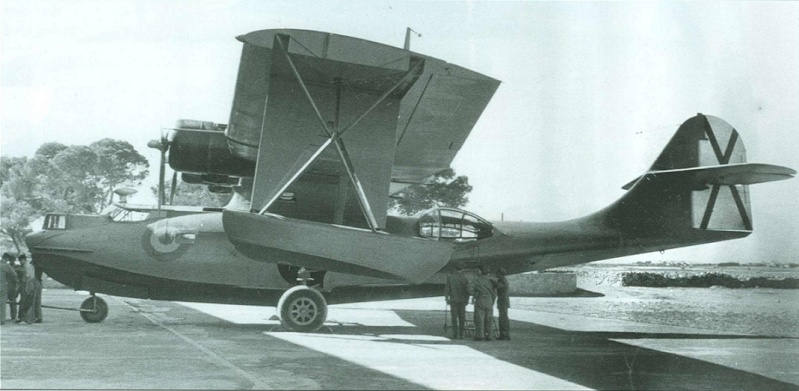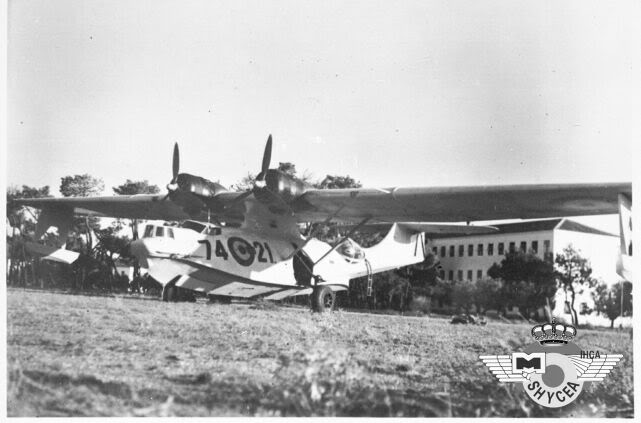One OA-10A (correct designation in USAAF but equivalent to USN PBY-5A) was interned on July 7, 1943, when it landed by mistake in Sidi Ifni, confused by the pilot with Agadir airport. The machine was on a ferry flight to Morocco with 1st ERS.Rene Klok wrote:16. The Spanish Airforce never operated a Catalina so to me it is a bit of a mystery why this one is displayed in Spanish markings. A beautiful aircraft nevertheless.

Later, after an agreement with the American Embassy, it was transferred on 8 October by the crew under the supervision of Spanish military, to Barajas where it joined other interned American aircraft.
Its serial number was USAAF 42-109020. It was originally built as a US Navy PBY-5A but transfered to the USAAF.
This was the only Catalina that flew in Spanish Air Force.
The plane was purchased at the end of the war and sent in 1946 to the Arsenal, where it remained several years. Coded 66-1.
Back to airworthy condition in 1949, it was repaired by engineer Fermin Tordesillas.
In 1951 it was coded DR.1-1 and joined the Air Force.

This model served until 1954, coded 74-21, flying first at the Flight School in Matacán and later subject to revision at the arsenal of Leon and assigned to the Air Zone in the Balearic Islands in the 51 Regiment Hydro at Pollensa but due to its poor condition the plane was based in San Juan, not in Pollensa, to minimize problems of corrosion.
In December 1954 it went off track in an accident and was finally written off and scrapped.
The aircraft at Air Museum was a USN PBY-5A and met a long civil life in firefighting in Canada. Pure coincidence, it was flying as tanker under number 774.
It is now coded both 74*21 and DR-1-1 on its tail.
Thanks for the photo and nice to see the girl got a new paint.
Regards
J-Chris in France.





